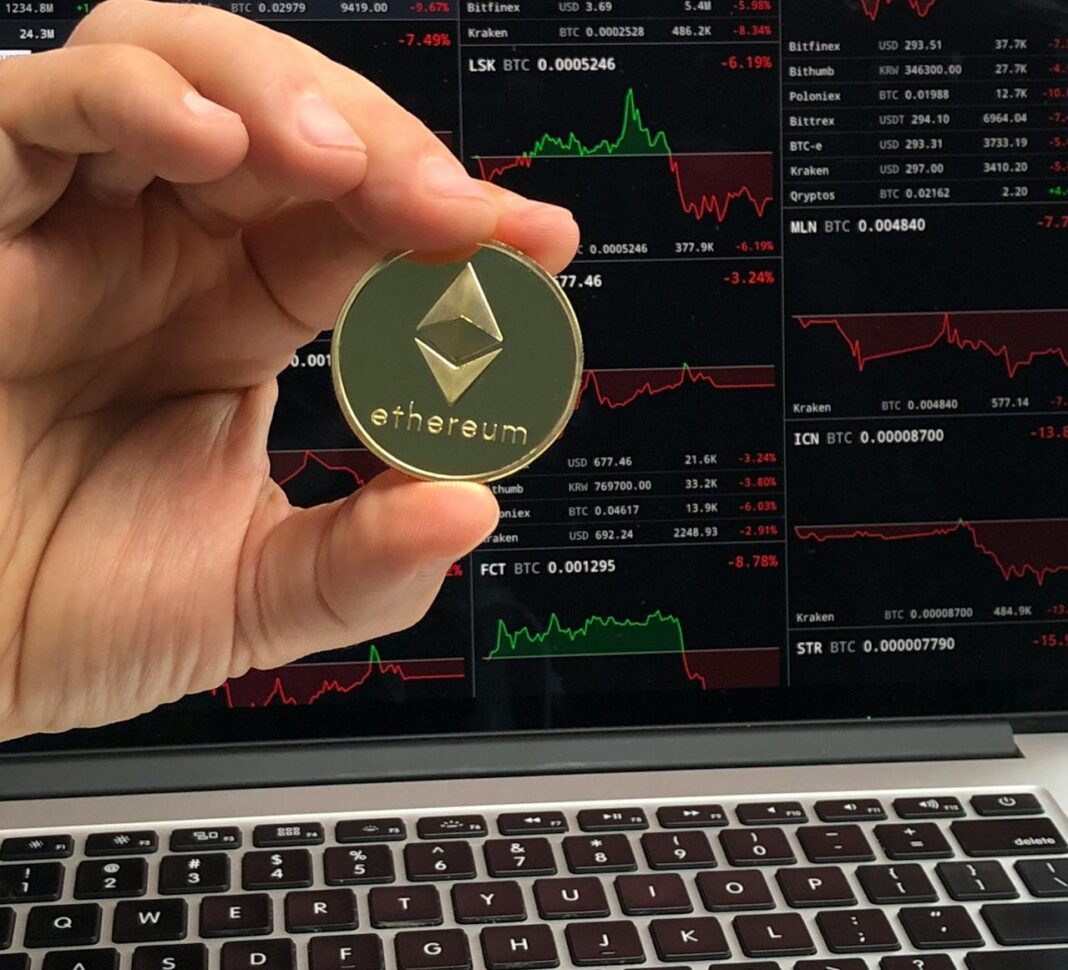- Ethereum just completed a big upgrade that makes it faster and more user-friendly.
- The market hasn’t reacted strongly yet, but the tech improvements are promising.
- It’s a step forward for Ethereum’s long-term growth and mainstream adoption.
On May 13, 2025, Ethereum completed one of its most anticipated network upgrades: the Pectra upgrade. This update combines 11 different Ethereum Improvement Proposals (EIPs) aimed at making the blockchain faster, more efficient, and easier to use. While these technical changes may sound subtle, their real-world impact could significantly shape how Ethereum is used in the years ahead.
Ethereum has long faced criticism for high gas fees and slow transaction speeds, especially during times of network congestion. With the Pectra upgrade, the Ethereum community hopes to address those pain points head-on. Developers, users, and investors alike are watching closely to see how the changes play out across the ecosystem.
What Changed with Pectra?
One of the most noticeable changes in the Pectra upgrade is the increased staking limit per validator, which has jumped from 32 ETH to 2,048 ETH. This means that large holders and institutions can now operate fewer validators while still contributing the same amount of ETH to the network, streamlining the staking process. It’s a move designed to increase efficiency without compromising decentralization.
Another focus of Pectra is improving the user experience with wallets and interfaces. Wallets will now support better account abstraction, a feature that allows developers to create smart contract-based wallets with enhanced functionality. This means users can benefit from features like social recovery or paying gas fees in different tokens, which may make Ethereum more accessible to mainstream users.
Market Response: A Bittersweet Reaction
Despite the technological success of the upgrade, Ethereum’s market performance hasn’t yet caught up with the optimism. As of now, ETH is trading around $1,822—still down about 45.5% from its highs earlier this year. While upgrades often take time to show their full impact, the immediate market response suggests that investor sentiment remains cautious.
This isn’t entirely surprising. Crypto markets are influenced by a wide variety of factors, including global macroeconomic trends, regulatory news, and even competitor blockchains gaining traction. Ethereum’s developers, however, remain focused on long-term improvements rather than short-term price action.
What Comes Next?
The Pectra upgrade is part of Ethereum’s ongoing roadmap toward becoming a more scalable and user-friendly platform. With future developments like Danksharding and further rollup support on the horizon, Ethereum is clearly positioning itself to handle broader adoption, especially in areas like DeFi, NFTs, and Web3 applications.
Developers are expected to begin experimenting with new features immediately, and over the next few months, users should see improvements in transaction speeds and wallet flexibility. The hope is that these changes will attract more users, particularly those who may have been discouraged by past issues with gas fees or complexity.


